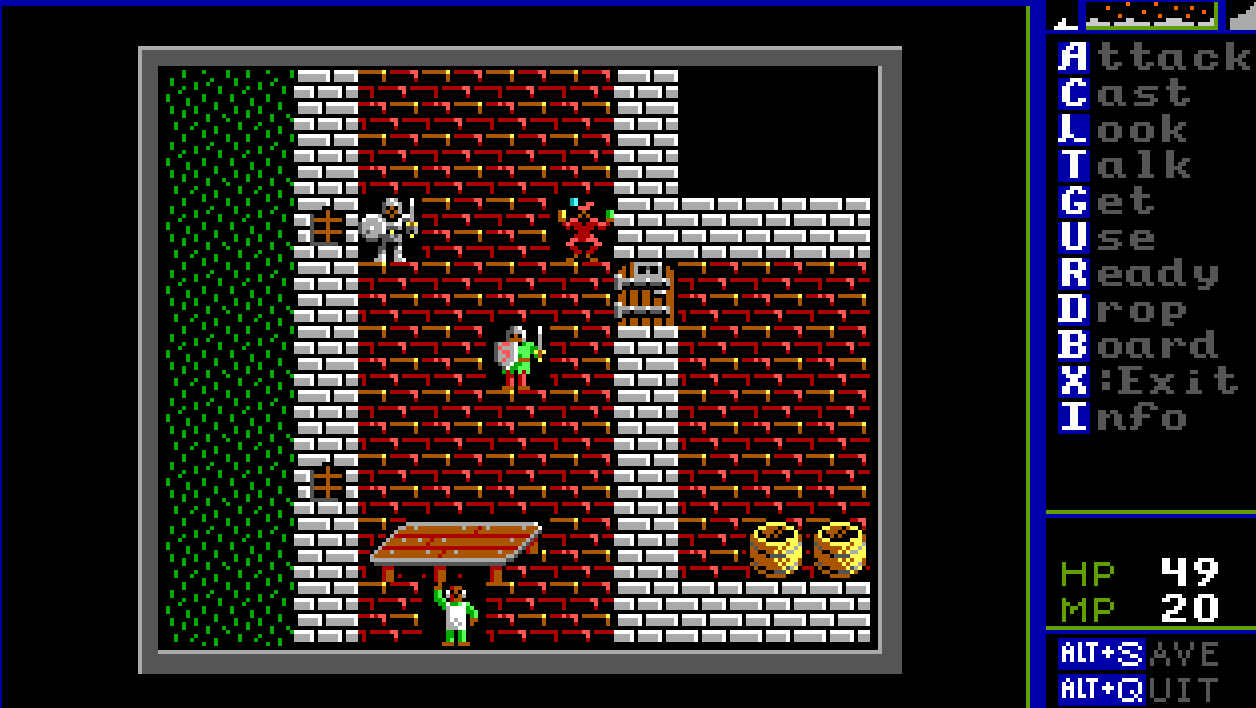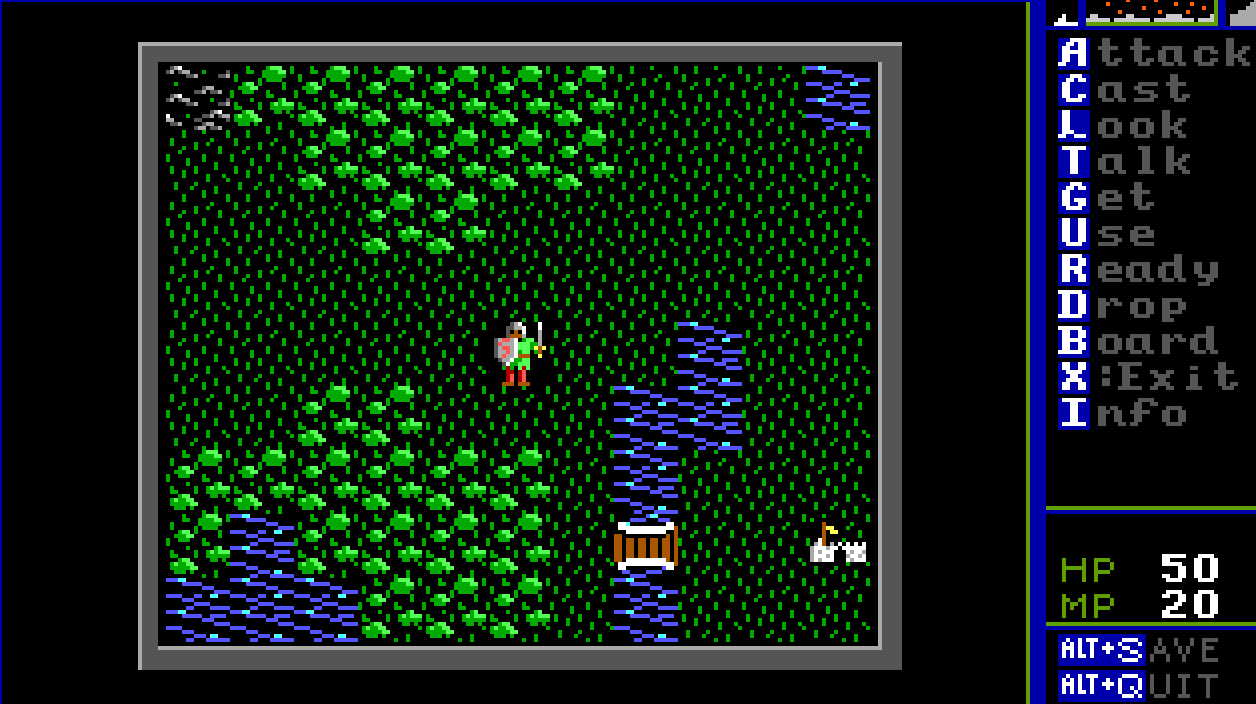Chunks of time in my chemistry classes (G-Chem and P-Chem) are spent working through examples on the white board. Students write along with me as the solution unfolds. Essentially, they are copying or imitating my answers. I think this is a key way for students to learn chemistry efficiently. When they haven’t yet acquired the experience of solving many, many different kinds of chemistry problems, the entry point is to go through worked examples of increasing difficulty. Then I let them loose on homework problems for further practice, but this usually takes place outside of class. There’s only so much time available in the classroom, and I prefer to spend it going through the nuances of worked examples while answering questions synchronously in real time.
I suspect this process of imitation is how I learned most of what I know today, be it chemistry or cooking or useless trivia. Scientists are starting to notice more examples of learning by tool-making in other animals, particularly primates. And it seems that they are learning by imitating each other too. We humans are particularly adept at imitation. Is this how we became so much more technologically advanced compared to our animal cousins? In the boardgame Origins: How We Became Human, the most important action in the Age of Instinct is Imitation. After that first age, this action is now called Education, but is essentially the same thing – you can take cards played into the discard pile by other players.
The idea of copying gets a bad rep in education. It’s often associated with mindless imitation without learning. I have no doubt this happens sometimes in my classes, especially if students didn’t do the assigned reading before coming to class. Then they’re lost and sometimes they copy what’s on the whiteboard without understanding. But even for students who are following along, they don’t fully understand why the protocol I am leading them through works. I talk my way through why I do each step, not just how, but the reality is that until they see a lot more examples and do the homework, they won’t necessarily appreciate the efficient process I’m taking them through. But that’s okay, because imitation and comprehension support each other.
Pondering the importance of imitation, I’m wondering if I should go back to providing full worked-out solutions to homework problems in G-Chem. (I’ve always provided full solutions in P-Chem.) I used to do this in my early days of teaching G-Chem. Then I stopped doing it because students would just look at the answers without struggling through the problems and then do badly on the exams. They deceived themselves into thinking they knew the material by short-circuiting the learning process. At present I provide answers to numerical problems without the full-worked out solution, but I’m starting to think I need to provide more guidance in how to explain conceptual answers. They see it in class. They imitate it in class discussion. They are partially found in my Class Notes handouts. The most capable and well-prepared students do very well on the exam with these, but there’s a large gulf compared to the least-prepared students who essentially write nonsense or leave chunks of the exam blank because they have no idea.
Finding the right balance will be tricky. I don’t collect student answers to all the questions I recommend they try after each class. It would be nigh impossible for me to grade them all. (Right now, I collect a subset.) Do students try everything I assigned them to practice if I don’t grade it? Some do, and they benefit from it. Others don’t. The adage of leading the horse to water may apply here, and maybe I shouldn’t worry so much and let the students choose if they want to do the work or not. Since I’ve moved away from the online homework system that gives immediate feedback to the student (although not always the best worked solution), I’m grappling with what to do about providing solutions. For some of the easier and more straightforward questions, ChatGPT does decently at providing a worked solution, but not for more challenging ones. And nuance is important in chemistry which present A.I.’s fail to capture.
Learning is still a mysterious thing. But I’m beginning to think that imitation is surprisingly effective. How best can I leverage it? That’s the question.


